Please ID tree with white double flower in spring
jujujojo_gw
11 years ago
Related Stories

SPRING GARDENING7 Spectacular and Practical Spring-Flowering Trees
Put on a beauteous show in the garden with a landscape tree awash in flowers — just do your homework first
Full Story
GARDENING GUIDESLet Lilac Love Flower This Spring
Whatever you bestow or receive for Mother's Day, lilacs can be an unmatched gift in the garden in May
Full Story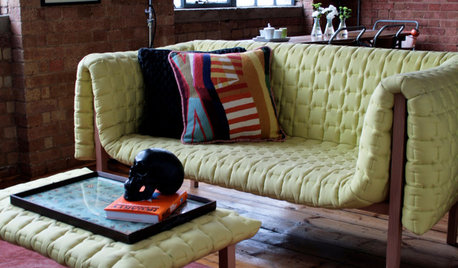
DECORATING GUIDESPlease Touch: Texture Makes Rooms Spring to Life
Great design stimulates all the senses, including touch. Check out these great uses of texture, then let your fingers do the walking
Full Story
GARDENING GUIDESGreat Design Plant: Ceanothus Pleases With Nectar and Fragrant Blooms
West Coast natives: The blue flowers of drought-tolerant ceanothus draw the eye and help support local wildlife too
Full Story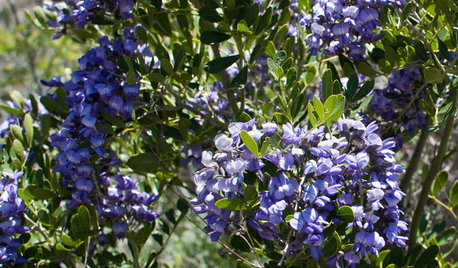
TREES6 Unsung Spring-Blooming Trees
Billowy blooms and rare fragrances will make you wonder how these flowering trees could ever have been underused in landscapes
Full Story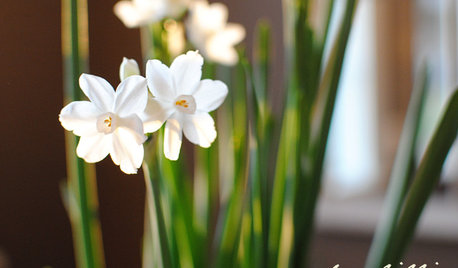
DECORATING GUIDESTreat Yourself to Spring Blooms in Winter
Get a jump on spring with a fragrant pot of paperwhites and other bulbs indoors
Full Story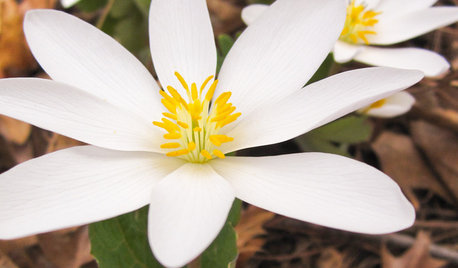
Great Design Plant: Sanguinaria Canadensis Lights the Spring Woodland
Bloodroot’s large, showy white flowers and attractive foliage brighten eastern woodland gardens in early spring
Full Story
GARDENING GUIDESPlant Black Cherry Trees for the Birds and Bees
Plant Prunus serotina in the Central and Eastern U.S. for spring flowers, interesting bark and beautiful fall color
Full Story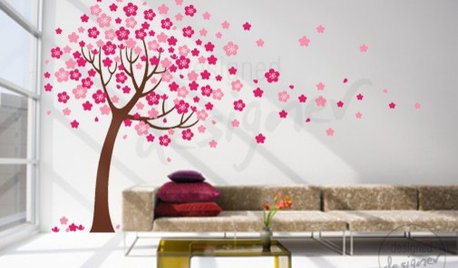
PRODUCT PICKSGuest Picks: Spring Tree Motifs
20 twists on tree patterns that will bring the beauty of the outdoors inside
Full Story
GARDENING GUIDESHow to Prune Your Flowering Shrubs for the Best Blooms
Less is often more when it comes to properly pruning flowering shrubs. Here’s what to do and why
Full StoryMore Discussions








jujujojo_gwOriginal Author
Embothrium
Related Professionals
Ilchester Landscape Architects & Landscape Designers · Burlington Landscape Contractors · Barrington Landscape Contractors · Bedford Heights Landscape Contractors · Bell Gardens Landscape Contractors · Belvedere Park Landscape Contractors · Gresham Landscape Contractors · Homewood Landscape Contractors · Mount Sinai Landscape Contractors · Palatine Landscape Contractors · Laurel Siding & Exteriors · North Bellmore Siding & Exteriors · Poway Siding & Exteriors · Crestline Decks, Patios & Outdoor Enclosures · Woodstock Decks, Patios & Outdoor Enclosuresjujujojo_gwOriginal Author
Sara Malone Zone 9b
jujujojo_gwOriginal Author
jujujojo_gwOriginal Author
Sara Malone Zone 9b
Embothrium
jujujojo_gwOriginal Author
ken_adrian Adrian MI cold Z5
Sara Malone Zone 9b
eahamel
jujujojo_gwOriginal Author
jujujojo_gwOriginal Author
jujujojo_gwOriginal Author
Embothrium
jujujojo_gwOriginal Author
Sara Malone Zone 9b
jujujojo_gwOriginal Author
Sara Malone Zone 9b
jujujojo_gwOriginal Author
jujujojo_gwOriginal Author
Sara Malone Zone 9b